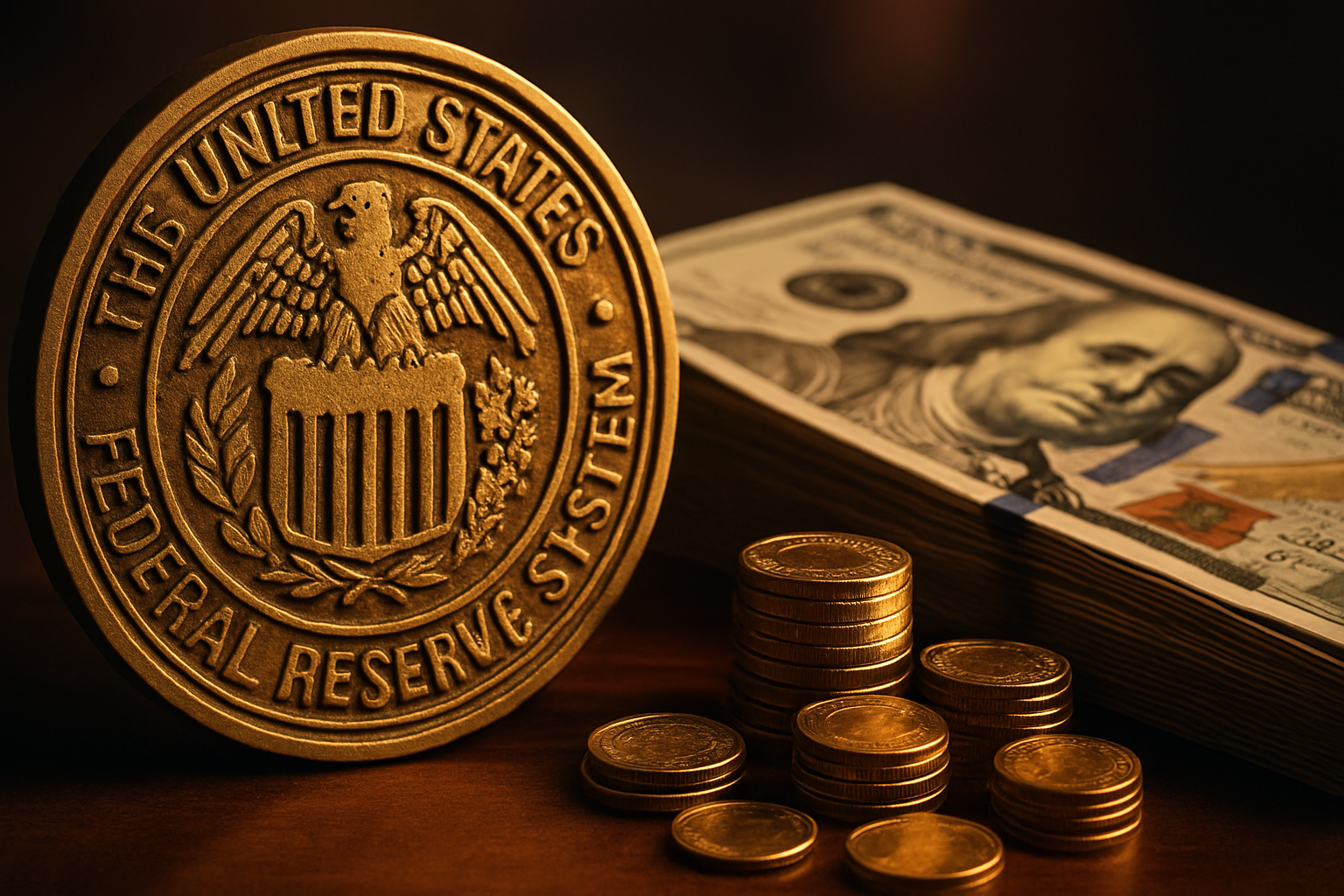The Debt Bomb Is Ticking Louder Than Ever
And Washington Just Pulled the Pin
Over the years I’ve warned—perhaps too many times for some ears—about the parade of financial excesses eroding America’s economic foundations. But every so often a new analysis lands that crystallizes the danger so starkly it demands fresh attention. David Stockman’s latest essay, “The Trumpified GOP’s Great Big Ugly Debt Bomb,” does exactly that, laying bare how today’s political theater is super-charging a fiscal trajectory already headed for the cliff.LewRockwell
At the center of Stockman’s argument is the Congressional Budget Office’s “baseline” outlook. Even if Congress did nothing—no new spending, no new tax cuts—the annual deficit would push $3 trillion and 6 percent of GDP by the early 2030s, catapulting federal debt from roughly $37 trillion today to $58 trillion by 2035. Let interest rates normalize and that number vaults toward an eye-watering $150 trillion by mid-century, a level the bond market (and the U.S. dollar’s reserve-currency mystique) simply cannot bear.
You might think such numbers would trigger a bipartisan scramble for restraint. Instead, the current GOP reconciliation draft—Stockman calls it “the Donald’s Big Beautiful Bill”—manages to add almost $30 trillion to the ten-year deficit while achieving exactly zero net savings. Defense increases, expanded child-tax credits, a SALT-cap give-back, tip-income exclusions, even tax-deductible auto-loan interest: every vote is paid for with more red ink.
Proponents insist faster growth will bail us out. Stockman eviscerates that claim. The CBO is already banking on a generous 4.2 percent nominal GDP compound rate—identical to what we enjoyed during a period of historically aggressive Federal Reserve money-printing. Replicate that without a sugar-rush of liquidity? Unlikely. And if growth runs slower, revenues disappoint while entitlement formulas—and interest costs—keep escalating.
Meanwhile, the Fed’s hands are tied. After letting the inflation genie out of the bottle, policymakers can’t rev the printing presses without reigniting price pressures. In other words, the escape hatches markets have counted on for four decades—cheap money and QE—are no longer politically or economically painless.
Zoom out from Washington and the picture is no better. Global public debt topped $100 trillion in 2024 and is trending higher; total (public + private) debt sits near $250 trillion, or 237 percent of world GDP. The U.S. may be the epicenter, but the tremors are worldwide. Europe wrestles with stagnant growth and unfunded welfare promises; China shoulders a colossal property-sector burden; emerging markets juggle dollar debts and currency fragility.
Corporate America isn’t immune. Stockman shows that 123 percent of the post-2017 corporate tax-cut windfall was recycled into dividends and stock buybacks rather than productive investment—hardly the engine of future prosperity. Wall Street cheered, but Main Street saw precious little.
All of this reinforces the theme I’ve been sounding to clients and readers: markets are priced for perfection while the macro scaffolding is rotten. Indexes hover near all-time highs, credit spreads remain historically tight, and speculative frenzy pops up in everything from meme stocks to AI darlings. Yet underneath, deficits swell, real wages lag, and geopolitical risk—from Europe’s continued energy squeeze to flashpoints in the Middle East—casts longer shadows.
What’s an investor to do? First, strip away political branding and assess policies by their balance-sheet impact. Second, recognize that the traditional 60/40 portfolio assumes a bond market that reliably offsets equity volatility; with Treasury supply exploding, that relationship may never work again. Third, diversify into assets less tethered to fiat-debt dynamics—yes, that includes properly allocated precious metals, real-asset strategies, and business models with genuine, cash-flow durability.




